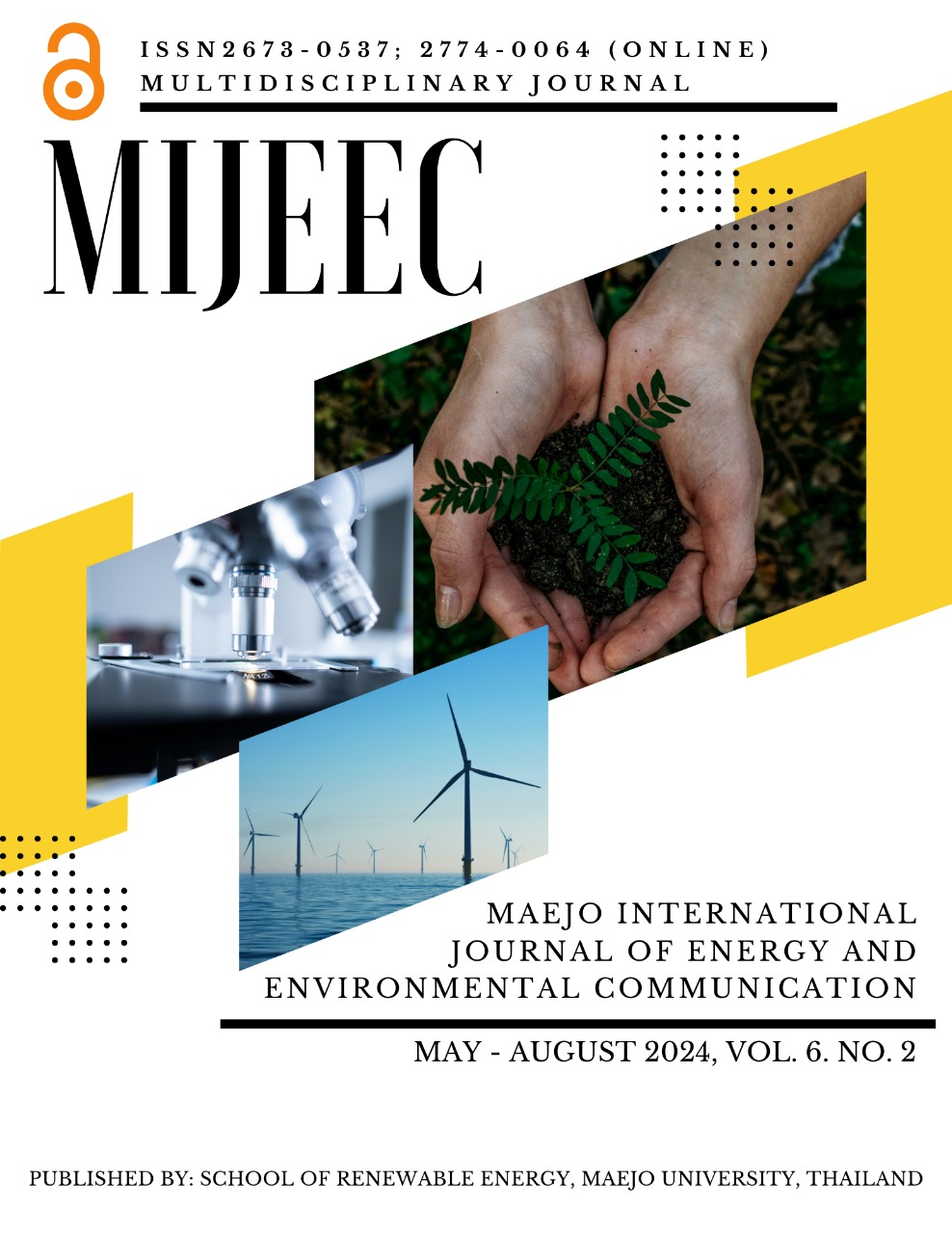Dye-sensitized solar cells with nano TiO₂ quantum dots and foliar pigments: A review
Main Article Content
Abstract
The integration of plant pigments, quantum dots (QDs), and carbon nanotubes (CNTs) into dye-sensitized solar cells (DSSCs) is a notable progress in the effort to achieve carbon neutrality. Dye-sensitized solar cells (DSSCs) provide a sustainable alternative to conventional solar cells that depend on artificial dyes by utilizing renewable and environmentally friendly natural dyes produced from plant pigments. Quantum dots are employed to augment the effectiveness of light absorption in DSSCs, while carbon nanotubes promote electron transport and minimize charge recombination, resulting in a higher total efficiency. This integration not only decreases the environmental impact linked to the manufacturing of solar cells but also fosters a circular economy by utilizing agricultural by-products as sources of natural dyes. In addition, DSSCs have a reduced energy requirement for manufacturing compared to silicon-based solar cells, making them well-suited for widespread implementation in underdeveloped areas with insufficient infrastructure. Continued research and development efforts are focused on improving the performance and scalability of DSSCs. These technologies have the potential to be crucial in meeting global carbon neutrality targets and reducing the effects of climate change.
Article Details

This work is licensed under a Creative Commons Attribution-NonCommercial-NoDerivatives 4.0 International License.
Copyright © 2019 MIJEEC - Maejo International Journal of Energy and Environmental Communication, All rights reserved. This is an open-access article distributed under the terms of the Creative Commons Attribution-NonCommercial- Attribution 4.0 International (CC BY 4.0) License






